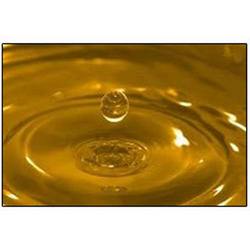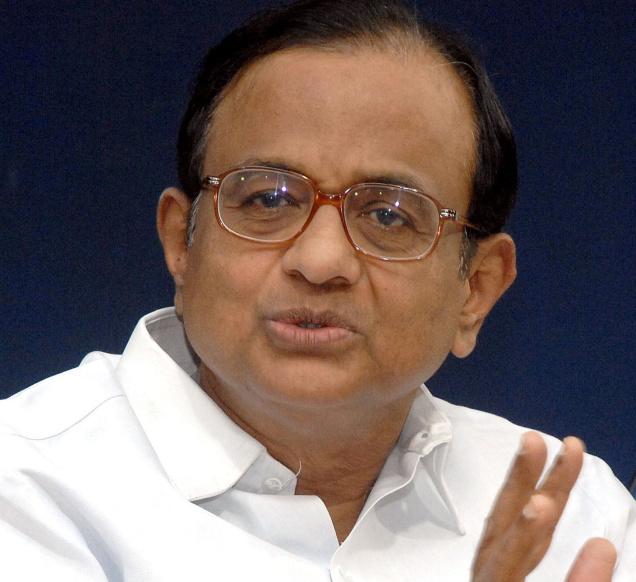 It has been widely reported in the media that falling oil prices are good for India. The reality, as always, is not so straight forward. While there are several points on which the country gains, there are several other points on which the country loses as well. Let’s look at both sides.
It has been widely reported in the media that falling oil prices are good for India. The reality, as always, is not so straight forward. While there are several points on which the country gains, there are several other points on which the country loses as well. Let’s look at both sides.
The Petroleum Planning and Analysis Cell (PPAC), which comes under the ministry of petroleum and natural gas, computes the international crude oil price of the Indian Basket. As on January 7, 2015, this price stood at $46.97 per barrel of oil.
The price of the Indian basket of crude oil had stood at $108.56 per barrel on May 26, 2014, the day the Narendra Modi government came to power. Hence, the price of oil has fallen by 56.7% since then.
There are several implications of this huge fall. One straight benefit of the fall in the price of oil is that Indian oil imports have been coming down. As author Satyajit Das puts it in a recent research article titled Reverse Oil Shock: “India should benefit as crude oil constitutes over 30 percent of total imports and around 70 percent of its current account deficit.”
Further, it has been suggested that falling oil price will help the government cut its oil subsidies by a huge amount. This really isn’t true. The budget presented by the finance minister Arun Jaitley in July 2014 had assumed a low oil subsidy number to start with.
It had been assumed that the oil subsidy for the year would work out to Rs 63,426.95 crore. This despite the fact that subsidies worth Rs 35,000 crore which were to be paid in 2013-2014, had been postponed to this financial year. So, in effect Jaitley only had a little more than Rs 28,400 crore to play around with on the oil subsidy front.
While the oil marketing companies no longer suffer any under-recoveries on the sale of petrol and diesel, the same is not true about domestic cooking gas and kerosene. PPAC data suggests that the under-recoveries for the month of January 2015 will be at Rs 19.46 per litre of kerosene and Rs 235.91 per cylinder of domestic cooking gas.
The government will have to compensate the oil marketing companies for these under-recoveries. In fact, the under-recoveries for the period April to September 2014 stood at Rs 51,110 crore. These under-recoveries are already higher than the Rs 28,400 crore that was left in the oil subsidy account after the pending under-recoveries for the past year had been paid for. Hence, there will be no cut in oil subsidies that were budgeted for.
Nevertheless, it needs to be said that if oil prices had continued to be at high levels as they were when the Modi government first came to power, then the amount allocated towards oil subsidies in the budget would not have been enough to compensate the oil marketing companies.
This would have led to the government expenditure shooting up, in turn pushing up the fiscal deficit to an even higher level than it currently is at. The fiscal deficit for the period April to November 2014 was at 99% of the annual target. Even this number was achieved after a massive fall in oil prices. Fiscal deficit is the difference between what a government earns and what it spends.
Falling oil prices have had some impact on inflation as well, with prices of petroleum products falling. Nevertheless, the impact has not been major given that the government has chosen not to pass on the total fall in crude oil price to the end consumer.
In fact, since October 2014, the government has increased the excise duty on petrol and diesel thrice. This has been done to shore up taxes which have been growing at a very slow rate. The tax growth had been assumed to grow at 16.9% at the time the budget was presented, whereas the actual growth in tax collections between April to November 2014 has been around one-fourth of that at 4.3%.
This is a good move as far as public finances are concerned. But it has a negative impact as well. As Satyajit Das points : “A number of governments, such as Indonesia and India, have taken the opportunity presented by low prices to reduce fuel subsidies. While positive for public finances and economic efficiency, the diversion of the benefits from consumers to the government is contractionary, reducing the effect on growth.”
If the government had not increased excise duties on petrol and diesel, it would have left more money in the pockets of people to spend on other things, which would have in turn helped businesses and economic growth.
On the flip side, the fall in oil prices will hurt petrochemical companies. As Crisil Research points out in a note released late last week: “The rapid slide in global commodity prices will hurt topline growth of steel, petrochemical, and commodity chemical producers during the quarter…On account of a 28% drop in crude oil prices, revenue growth of the petrochemicals industry is expected to decline by 14-16%.”
This fall in earnings of petrochemical companies is one of the reasons which will push the revenue growth of India Inc to “slip to a 6-quarter low of 7% on a year-on-year (y-o-y) basis in the December 2014 quarter.” “Revenue growth was around 9% in the preceding quarter and 13% in the December 2013 quarter,” Crisil Research points out.
There are other reasons to worry as well. Falling oil prices mean that countries which depend extensively on oil exports will earn lesser. Professor Eswar Prasad of Cornell University explained this point very well in an interview he gave to CNBC sometime back.
As he said: “There is going to be a lot of weakness in external demand and countries in Latin America like Venezuela which already have a very difficult situation, emerging markets like Russia and of course the Middle Eastern countries plus some of the European economies like the UK and Norway that rely on oil exports to a significant extent are going to be facing fairly difficult situations. This will affect their budgets and their current account balances which in turn will affect their consumption demand. So, softness in consumption demand is ultimately not good for anybody in the world including India.”
Norway, UAE and Saudi Arabia, which have earned a lot of money exporting oil over the years, run the three largest sovereign wealth funds in the world. The sovereign wealth funds of Norway and UAE are professionally managed and invest in financial markets all over the world. If these countries earn lesser because of lower oil prices then the capital flows from these countries will also slowdown.
As Neelkanth Mishra of Credit Suisse said in an interview to The Economic Times sometime back: “If Norway, Saudi Arabia, Abu Dhabi, Qatar, or Kuwait are not going to see the kind of surpluses that they used to then they will have less capital to send out, which will mean that capital flows into India will not be as strong as they were.”
Nevertheless, this can be balanced by capital inflows from the United States. How is that going to happen? Saudi Arabia has been driving down the price of oil in order to make the production of shale oil in United States and Canada unviable. Shale oil is expensive to produce and will not be viable to produce if oil price continues to stay at the current level.
It needs to be pointed out here that the recent revival in the US economy has primarily been because of a huge expansion in shale oil production. As analyst Jawad Mian points out in the Stray Reflections newsletter for January 2015: “It is undeniable that the oil and gas sector has become a key driver of US economic activity…It has been responsible for about 30% of the 10 million national increase in jobs since the global financial crisis. With oil prices plunging, the expected slowdown in drilling and weaker capex spending darkens the job market outlook for the energy sector.”
If that happens, then there will be two immediate repercussions. Job creation in the United States will slowdown. A bad job scene will mean a slowdown in consumer demand in the United States. United States constitutes around one-fourth of the global GDP and is the shopping mall the whole word caters to. This will be a negative for Indian exports as well.
At the same time the Federal Reserve of Untied States will act as well. As Mian puts it: “we think the Fed will adopt a more relaxed attitude to policy normalization than is currently anticipated.” In simple English what this means is that the Federal Reserve may not start raising interest rates any time soon, as the Fed Chairperson Janet Yellen suggested when she spoke to the media in December 2014.
Hence, institutional investors can continue to borrow dollars at low interest rates and invest that money in financial markets all over the world, including India. To conclude, low oil price is largely a mixed bag for India.
The article originally appeared on www.equitymaster.com on Jan 12, 2015


